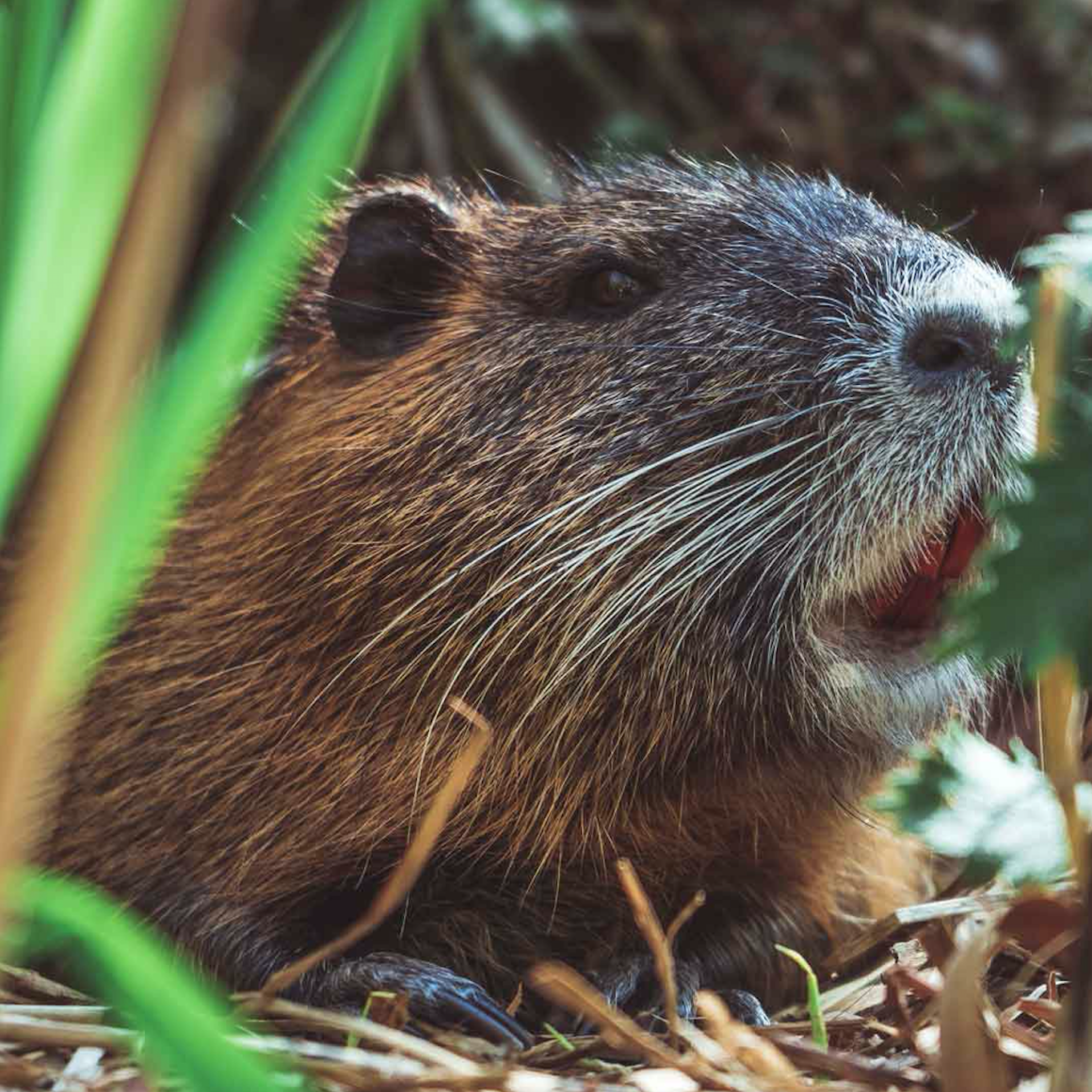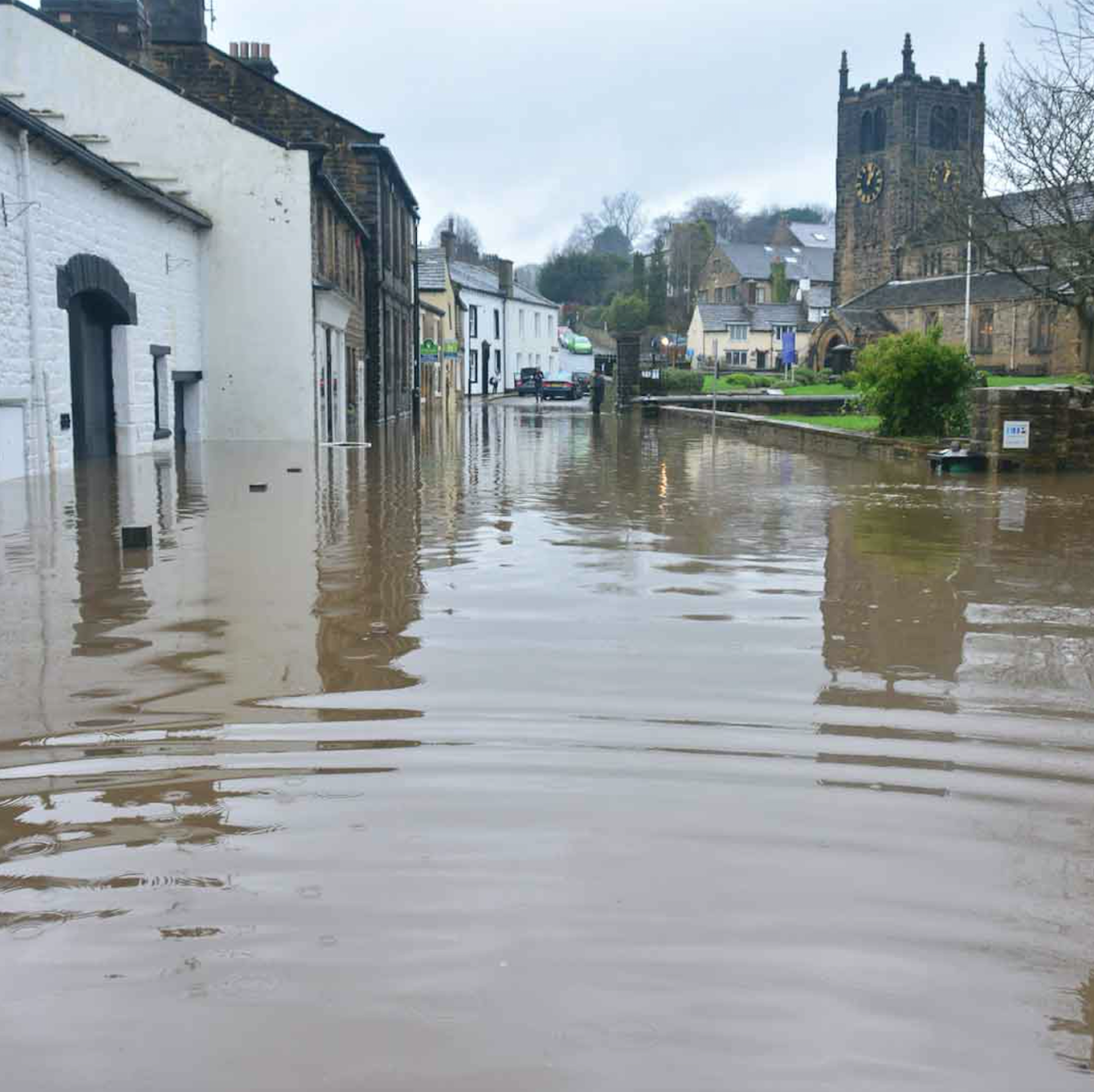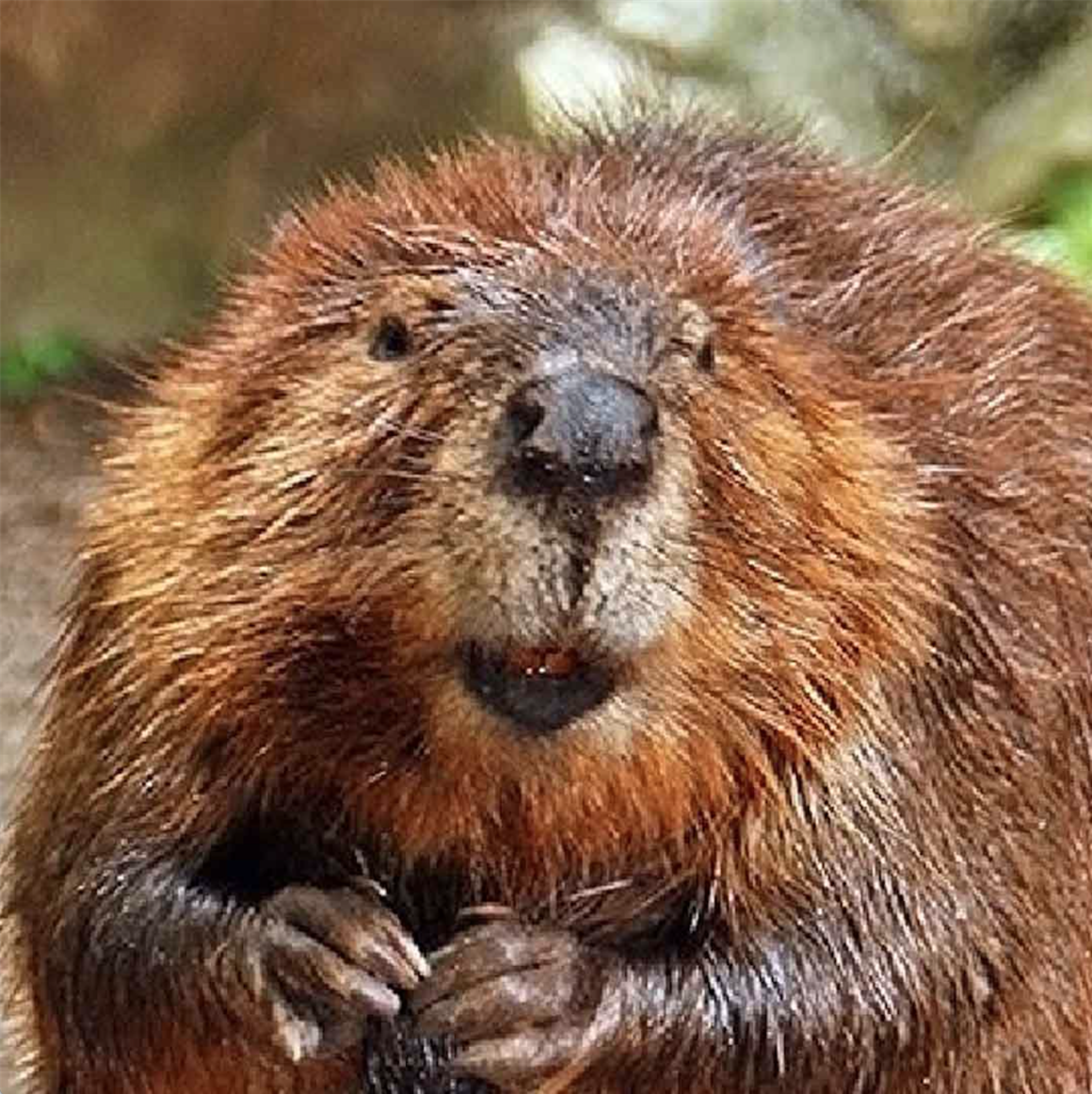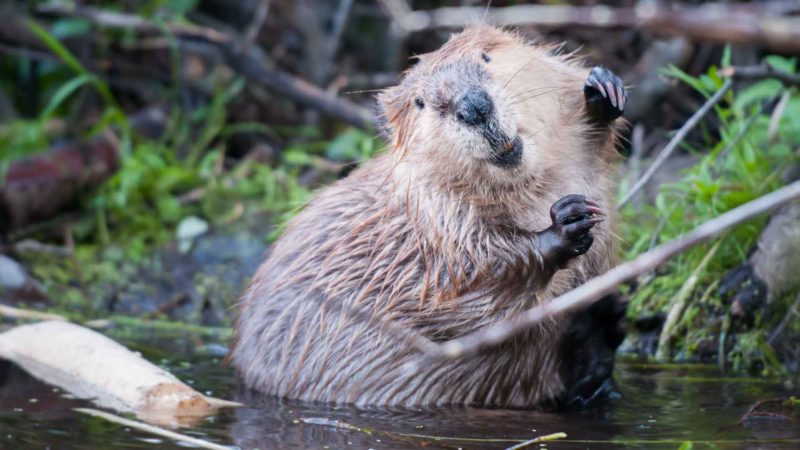They’re little cuties but don’t underestimate this curious creature. They are one of nature’s finest engineers and although they were almost entirely wiped out in Europe, they have bounced back from the brink of extinction, to help us in a number of interesting ways.
In recent years these industrious animals have been helping us to reduce the risk of floods, clean our waterways as well as engineer diverse habitats for all kinds of other animals.

Welcome Back Beavers!
For hundreds of years throughout Europe, beavers were aggressively hunted for their fur and castoreum. Casto… what you say? Beaver castoreum was used in perfume, medicine and as a food additive. It is a substance that comes from the sacs beavers use to scent mark. Interestingly, much of the early European exploration and trade in Canada was motivated by the quest for beaver.
As a result of over hunting, Eurasian beavers became extinct in the UK in the 16th century and populations dwindled across Europe for around 500 years. Thanks to successful reintroduction programmes across the continent, the Eurasian Beaver is no longer endangered and is now listed as of ‘least concern’ on the IUCN Red List of threatened species. Reintroduction programmes have reportedly been successful in 25 european countries.
The Strange Case of The Devonshire Beavers
A small mysterious population of Eurasian beavers, have been living on the River Otter in Devon, England, where they were first spotted around 2008. There is no official word on how they got there or where they came from, but after genetic testing, it was confirmed that they were in fact, Eurasian beavers. In 2016 an additional pair were intentionally released to help increase their genetic diversity.
A number of release programmes have been conducted in recent years in Scotland and this year a pair of beavers were also released in East Anglia as part of a flood risk reduction project.
Beaver Behaviour
So, have you got beaver fever yet? Who better to give you an enthralling introduction to the world of these incredible animals, than the irreplaceable Sir David Attenborough. Sit yourself down for a tea break, press play and enjoy some silky smooth narration, from the man himself.
Beaver Benefits
The Eurasian Beaver is a keystone species, which is a species that plays a huge role in maintaining the structure of an ecological community. Many new species thrive because of the wetland environments that beavers engineer by damming waterways.
Diverse Flourishing Ecosystems
Studies have shown that in just a few years, the wetlands created by beavers can attract water voles, otters and shrews. When beavers coppice trees, they facilitate the growth of dense shrubs which offer cover for birds and other animals. Countless other species have been observed to thrive as a result of beaver engineering.
Water Quality
Beaver dams trap sediment, recharge groundwater tables and improve water quality. They assist salmon and trout populations by providing cover and forage, with one study showing an 89% reduction in salmon following the extensive loss of beaver ponds. They even increase bat populations, thought to be because gaps created in forests allow bats to navigate more easily.
Beaver dams increase water quality by trapping bacteria in pool sediments and filtering pollutants such as phosphates which run into waterways as a result of farming.
Flood Risk Management
Beaver dams create pools of wetland areas and slow the speed that water travels downstream. An American study showed that water which previously took 3-4 hours to travel 2.6km, took 11 days to travel the same distance when a single beaver dam was established.
With flooding a constant threat for many towns and villages, the reintroduction of beavers is considered by many as a viable flood risk management strategy. Successful schemes have been trialled on the River Chevral in Belgium as well as other areas.

Beaver Concerns
Whilst beavers can bring many benefits, they are far from our obedient little servants and controlling beaver behaviour, specifically to benefit humans, is a challenge. For example, it can often be preferable to have beavers build their dams up-stream, in order to protect villages and towns further downstream from flooding. However, keeping the beavers solely upstream is not necessarily straightforward.

Farmers often voice concern because by engineering the waterways, beavers can affect the way that farmland is drained. When water is diverted by the beavers, it can threaten agricultural land. Some farmers in Scotland report having spent considerable sums clearing out ditches blocked by beavers and want procedures in place, if they do threaten agricultural land.
Various solutions have been trialled, including installing ‘beaver deceivers’, which are discreet pipes that are installed to drain extra water when a dam threatens farmland. Anti-Beaver paint can also help to protect important trees because it has a sandy texture that beavers don’t like to chew.
Are You a Believer in the Beaver?
The beaver is certainly a fascinating animal and its keystone status means that its presence has many different benefits for other species, including humans.
Hopefully you enjoyed learning about the beaver as much as we did and if you’re lucky enough to spot a wild one in the UK or Europe, share your photos!
8 Beaver Facts
Beavers are rodents.
Beavers are herbivores.
Young beavers are called kits.
Beavers live in their dams, which are called lodges.
Beavers mate for life and will only seek another partner if their mate dies.
Eurasian beavers have been observed to recover from a population as low as 3.
Beavers typically measure up to 1 metre from head to body, with a tail up to half a metre long.
Beavers are the first recorded successful reintroduction of a wild mammal in the United Kingdom.
Sources
Paper – The Importance of Beaver Ponds to Coho Salmon
Organisation – Rewilding Britain
Organisation – Rewilding Britain – Flood Management
Project – Welsh Beaver Project











